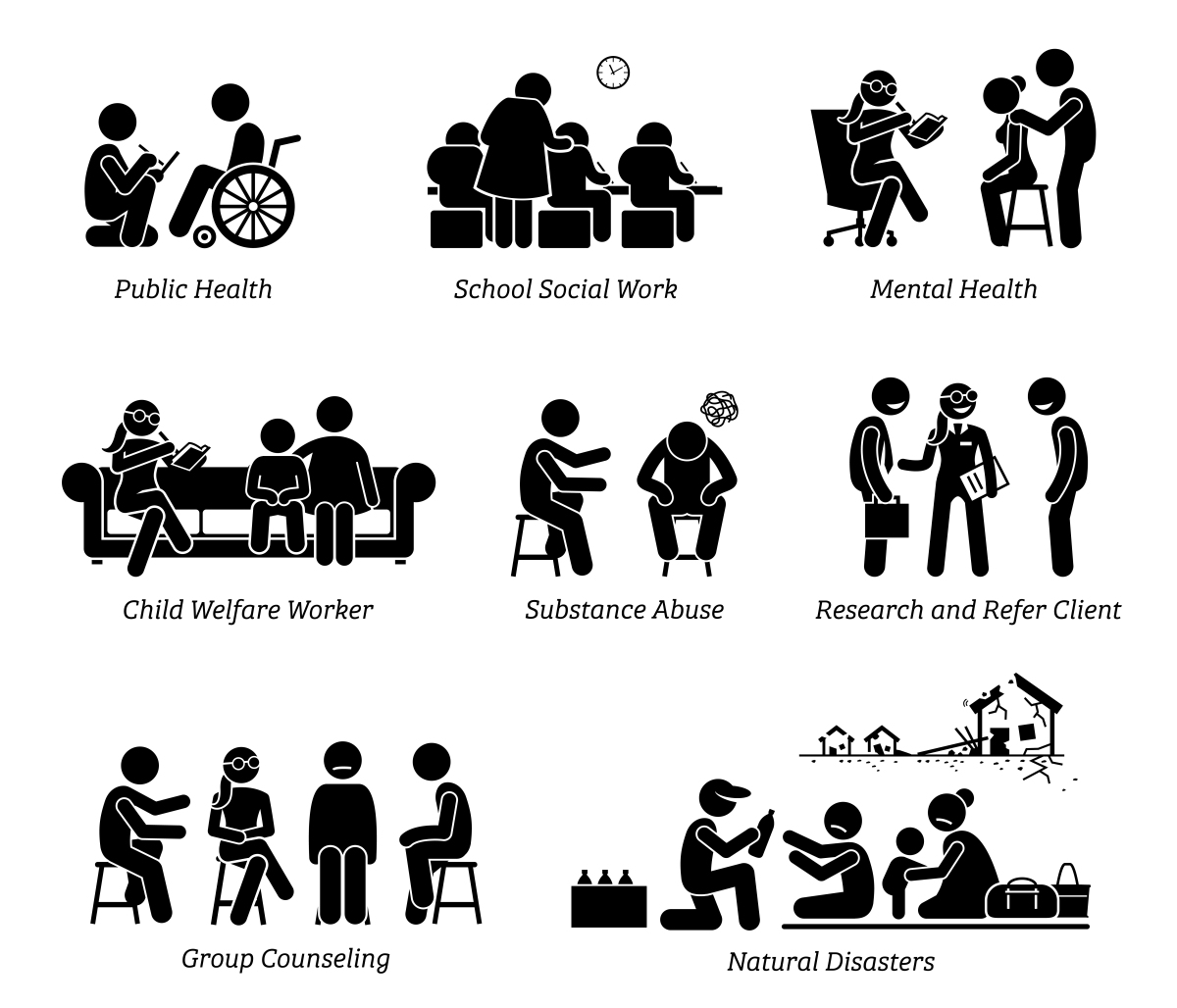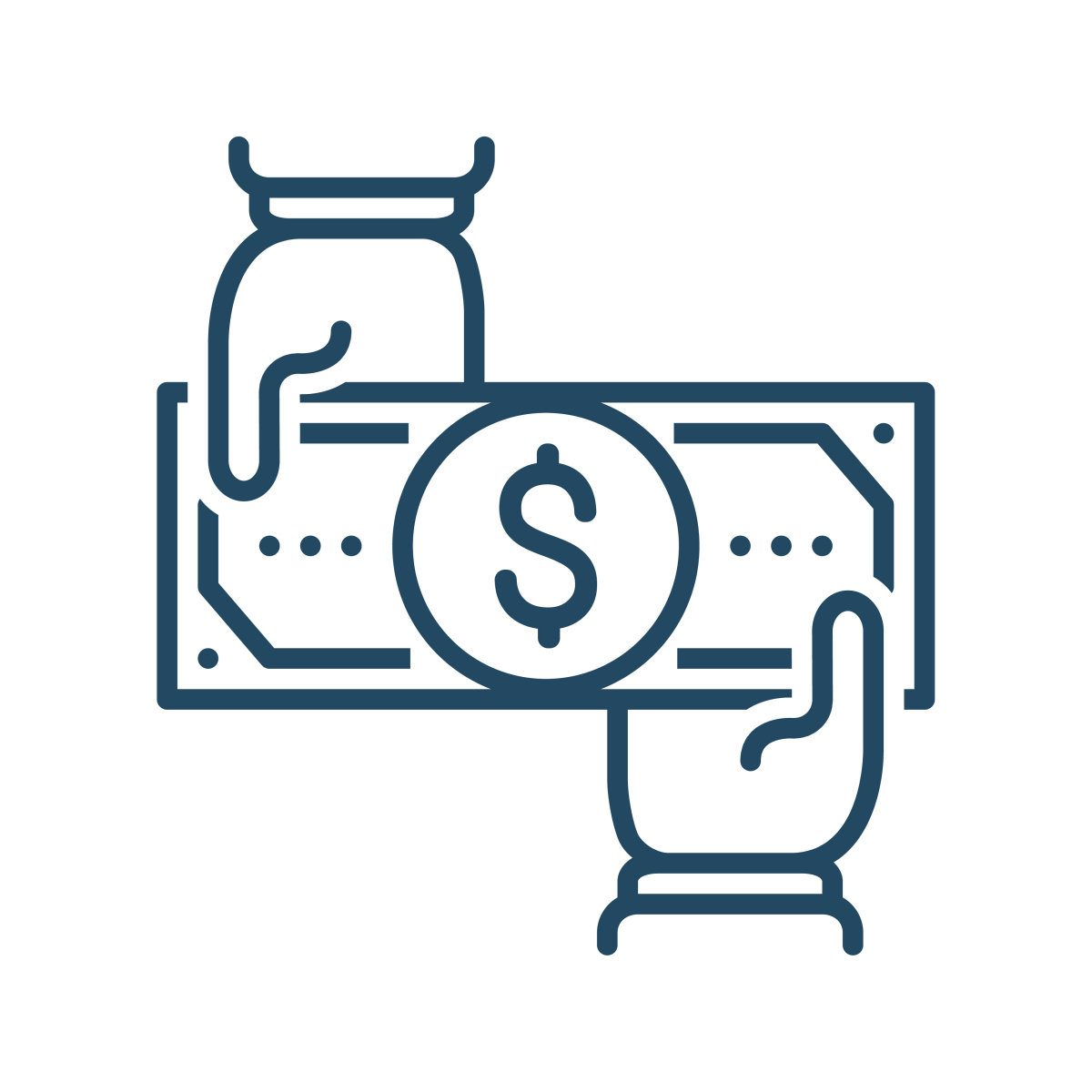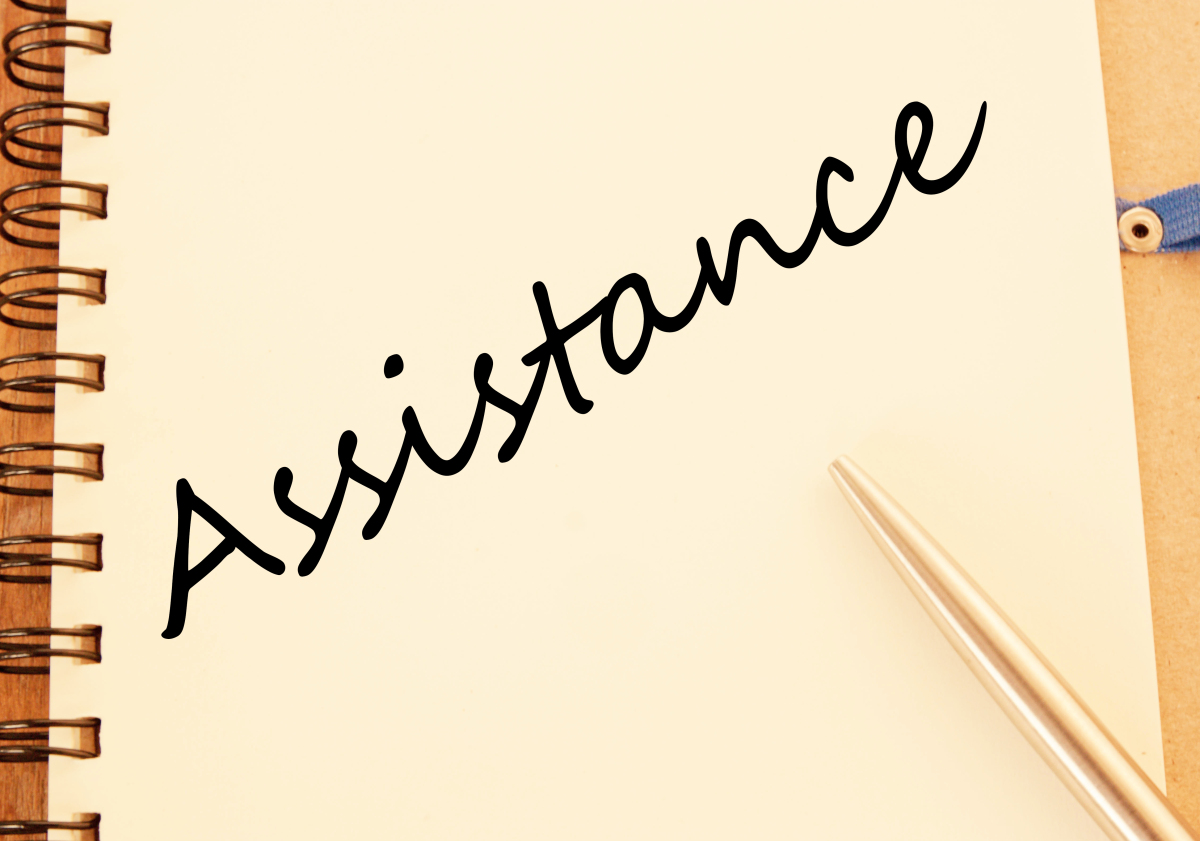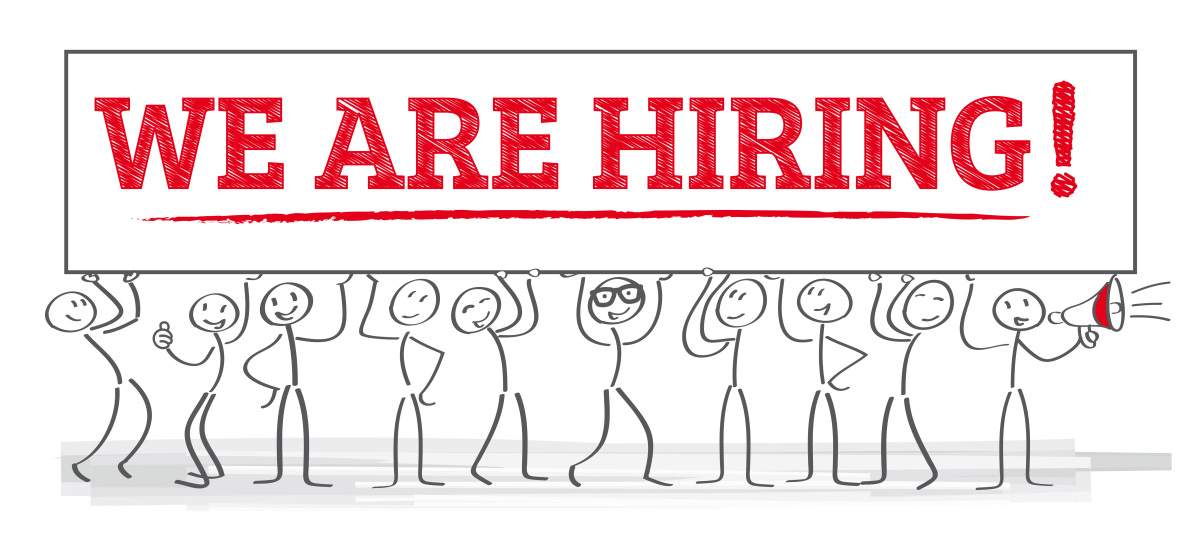How Do I Engage With My Community?
Access to Community Resources
MINDS ON
When you need help, to whom do you turn? Most of us go for help to our family members or friends. What would happen if you could no longer reach out to those people or that person? Do you know where you can go for assistance? Who could you call for guidance and advice?
At some point, most people face challenging times and are in need of help. They lose their job, develop a mental or physical illness, experience the loss of a significant relationship, need help to be safe or report a crime, need a loan to pay off school fees/tuition, need money to pay rent or are newcomers and need help getting settled. You don’t have to come up with all the answers to life’s challenges alone. In Ontario, there are resources available to help in all matters of health, security, housing and finances.
Look over this image. What types of scenarios are shown here that would lead to someone requiring services? Do you access any community resources? Have you ever? Do you know anyone who does? What resources are available in your community?

Think about accessibility to services and resources for all people. What factors can affect accessibility? Think about people who live in remote areas, using a mobility device (such as a walker or wheelchair), facing prejudice, etc. What are the potential obstacles?
ACTION
In Ontario, communities provide resources and arrange for services to residents in need. Often, community resources go unused because people do not know how to get connected to free or low-cost information, goods and services. There are many ways you can access community resources. Some places to start are schools, recreation centres, spiritual/religious organizations or your doctor’s office.
 Community Resources
Community Resources
Click on each picture below to be directed to a link for more information. Look around, access the various links provided to get more detailed information. After reading the information on the site:
- Briefly describe what kind of resource/service is offered/available.
- Who can access this service and provide contact information?
- What happens when physical accessibility is an issue? How does this resource make service available to all people?
This is not a comprehensive list and if there may be resources or services that you feel are important.
Once you finish, save your results to your Journal as you will need this list later.
Ontario Student Loan Program (OSAP)

Food Bank

Small Business Loans

Government School Grants

School Bursaries/Scholarships

Developmental Services Ontario (DSO) and Ontario Disabilities Support Program (ODSP)

Ontario Works (OW)

Job Fairs/Agencies

Healthcare

Other

Several of these examples are online community resources. How has internet access changed 'community'? How has it changed accessibility to services and resources?
For more information, resources and services, visit the Ontario Ministry of Children, Community and Social Services site.
CONSOLIDATION
 Journal: Access to Community Resources
Journal: Access to Community Resources
What services and resources are available to you in your community. Are there food banks, mental health outreach programs and financial assistance available to you? Think about immediate, short-term, and longer-term types of assistance in your lifetime. You may have to do some research to see what services are available. A good resource would be the list you have from the previous task.
Find resources for a minimum of four community services you see yourself using over the next 2-3 years in your own life, or that may be beneficial for teens and young adults. One should be a source for financial assistance you can access for your own education/career pathway.
You can choose how you would like to capture and share the information you have found.
- The name of the services (for ex. The Knights Table).
- Their contact information (address, phone number or email).
- What service or information they provide.
- How you can access these resources. Is it based on income? Age? Other factors?
- Identify at least one source or type of financial assistance you can access for your education/career pathway.
- Remember to provide APA references for your research.

